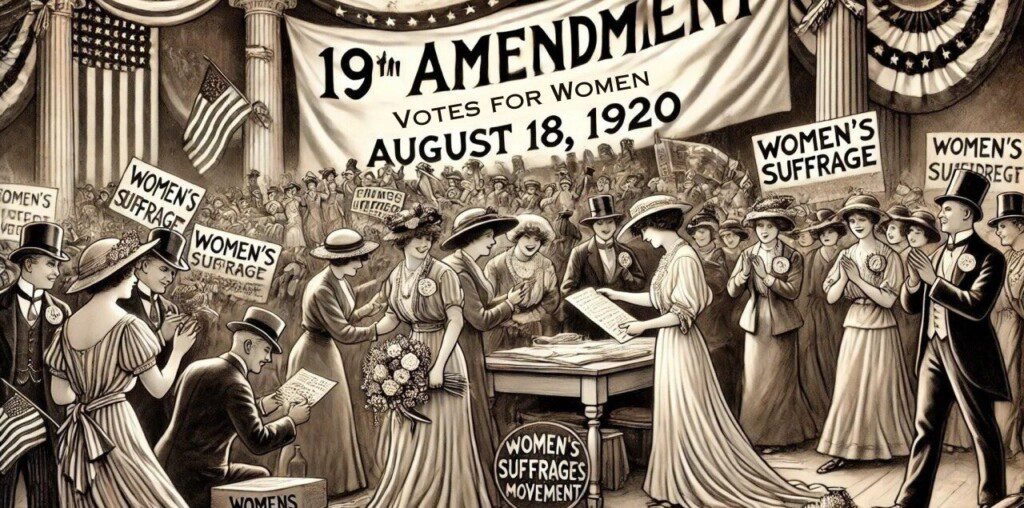The Background
The path to women’s suffrage in the United States was a long and arduous journey, marked by tireless work from activists and supporters alike. The movement began in earnest in the mid-19th century with key figures such as Susan B. Anthony, Elizabeth Cady Stanton, and Sojourner Truth. These pioneers laid the groundwork for future generations by organizing, advocating, and sometimes even facing arrest for their brave efforts.
What Happened
The pivotal moment in the women’s suffrage movement occurred on August 18, 1920, when the 19th Amendment to the U.S. Constitution was finally ratified. This amendment granted women the right to vote, marking a significant milestone in the fight for gender equality. The final push for ratification came down to a narrow vote in Tennessee, where the amendment was approved by a single vote, thanks to Representative Harry T. Burn, who was persuaded by his mother’s plea to support the cause.
The Future Impact
The ratification of the 19th Amendment was a monumental achievement that reshaped the political and social landscape of the United States. This victory for women’s rights spurred ongoing efforts toward gender equality in various spheres, from the workplace to educational institutions. The legacy of the women’s suffrage movement continues to inspire modern activism, encouraging a new generation to fight for equal rights and opportunities for all.
While we celebrate the progress made on August 18, 1920, it is essential to recognize that the fight for equality is not over. Issues such as wage gaps, reproductive rights, and representation in leadership roles remain at the forefront of today’s feminist movements. The historical struggles and triumphs of those who fought for women’s suffrage serve as a powerful reminder of what can be accomplished through determination and collective action.

